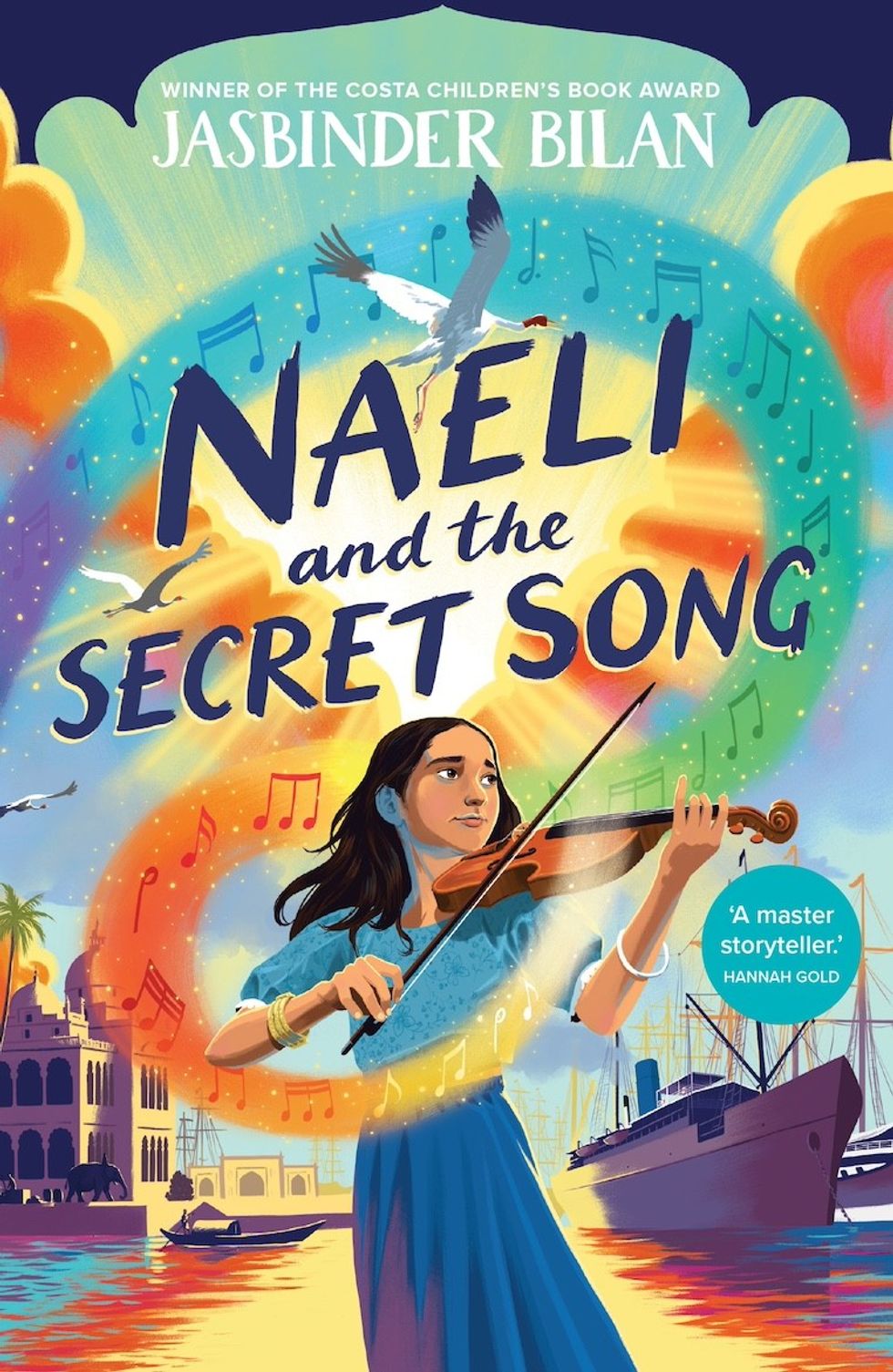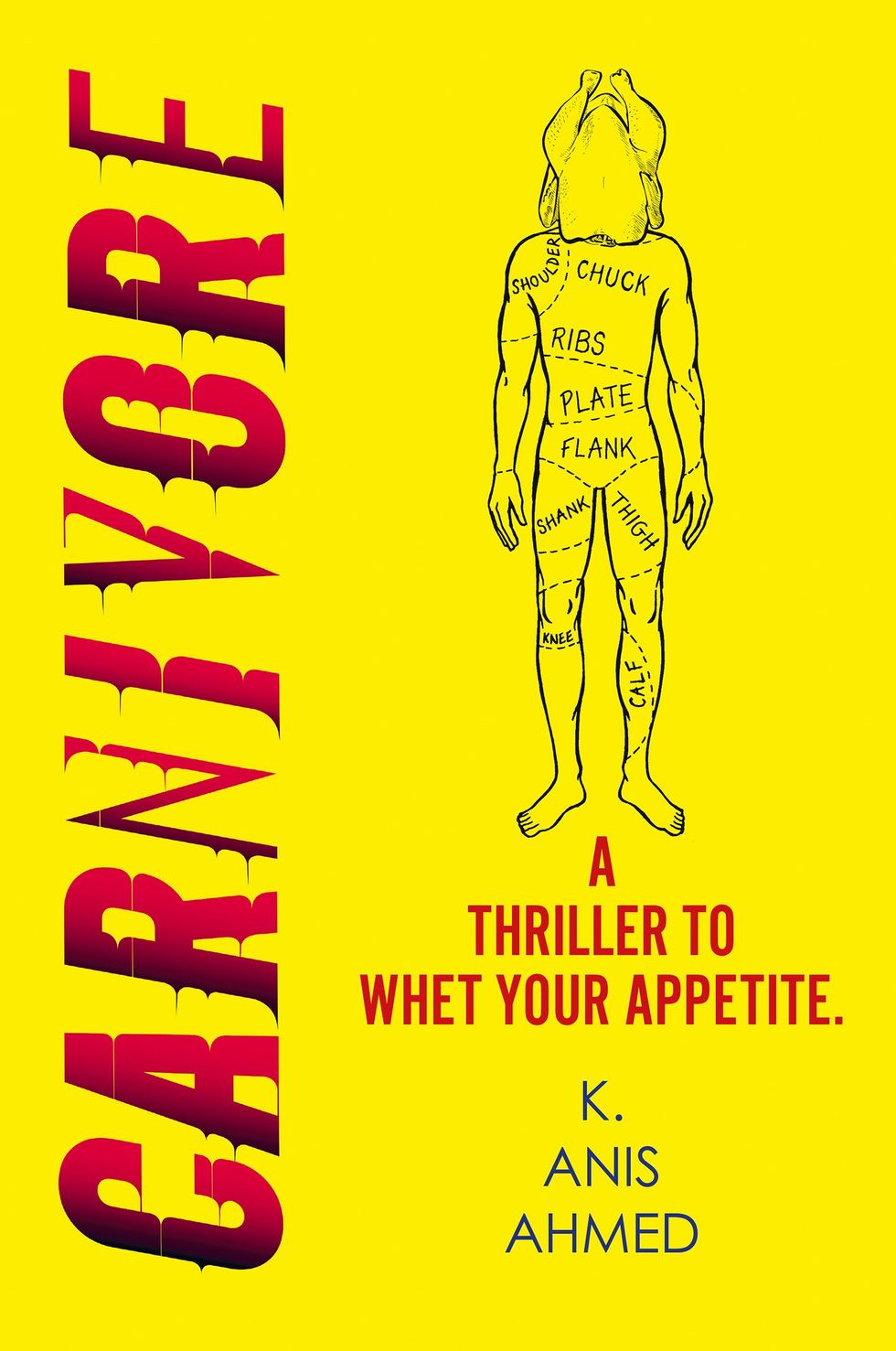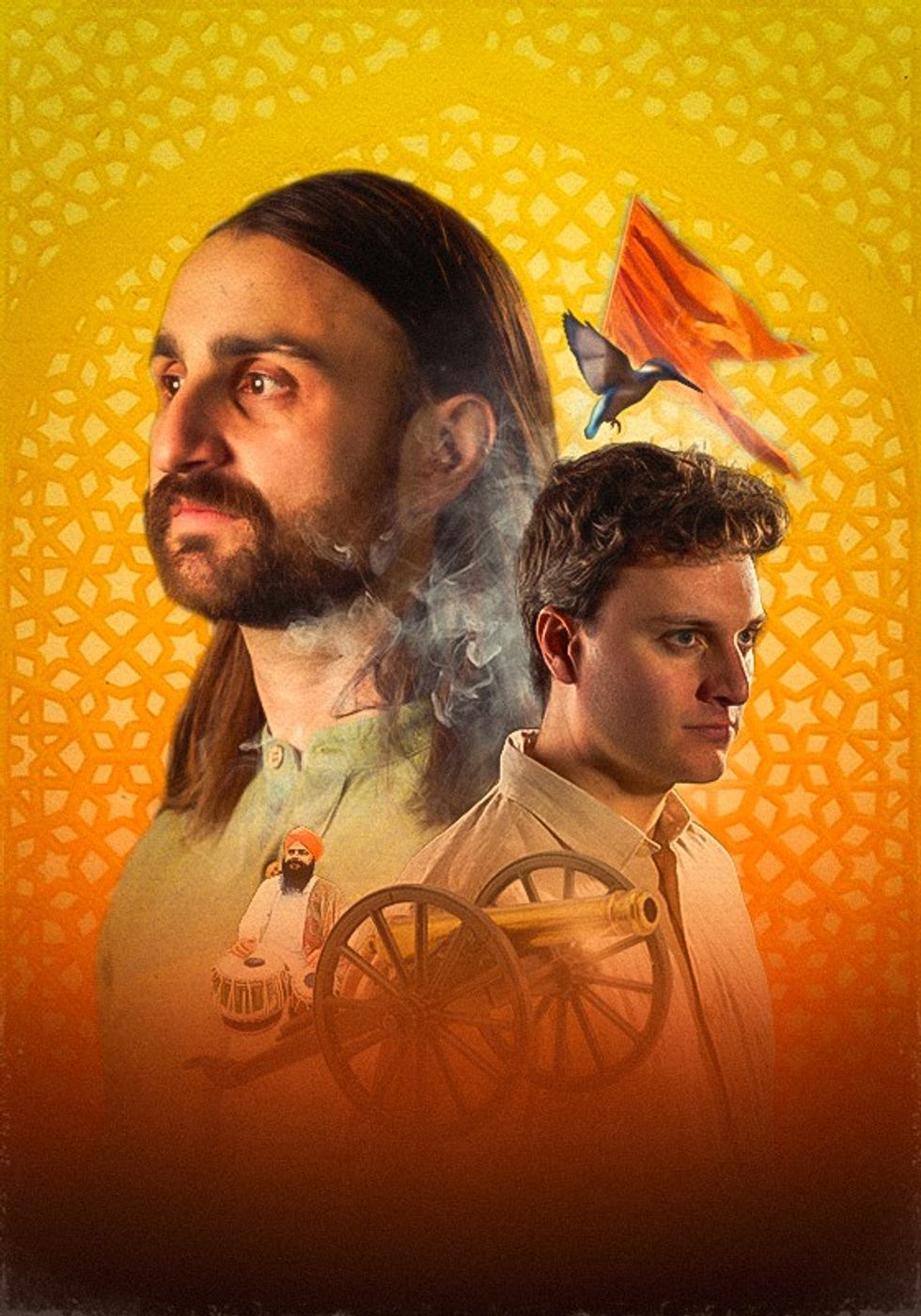TAGORE LOOKS BACK AT HER 60-YEAR CAREER IN CINEMA
by AMIT ROY
Screen legend Sharmila Tagore went down memory lane to review her 60 years in cinema, which began in 1959 when she was a 13-year-old schoolgirl cast by Satyajit Ray as the ill-fated young bride Aparna in Apur Sansar (The world of Apu), the third in the great master’s trilogy.
The last substantive role for Sharmila, now 74, was in 2009 in the English-language Life Goes on, a retelling of King Lear transposed to London, directed by Sangeeta Datta.
Sharmila was recently in the public library in Wembley, where organisers of the ‘Tongues on Fire’ UK Asian Film Festival had arranged for her to do a question-and-answer session prior to an open-air screening of Life Goes On.
Pushpinder Chowdhry, director of Tongues on Fire, said it was an honour to celebrate Sharmila’s 60 years in cinema with the screening of a film which “highlights so many issues that are still relevant today”.
Unusually for an actress who began in Bengali cinema, Sharmila successfully achieved the transition to Hindi movies, all the more remarkable as her command of the language was less than perfect.
She was chairman of India’s Central Board of Film Certification from 2004-2011, and a member of the main jury at the Cannes Film Festival in 2009.
Assessing the arc of her extraordinary career, Sangeeta said: “Through the 1960s and 1970s, Sharmila played a significant part in Ray’s middle films (Nayak, Aranyer Din Ratri) and also ruled as the top heroine of Hindi cinema.
“Starting with much older actors like Shammi Kapoor, she forged popular pairings with Rajesh Khanna, Shashi Kapoor and Dharmendra. Through a string of popular films by Shakti Samanta (Kashmir Ki Kali, An Evening in Paris, Aradhana, Amar Prem), she won Filmfare and other awards, followed by the National Award for playing the part of a sex worker in Gulzar’s Mausam. With Hrishikesh Mukherjee she did Anupama and the delightful comedy Chupke Chupke. Later she worked with Amitabh Bachchan in Viruddh and Eklavya.”
Looking back, did Sharmila feel she belonged to Bombay (now Mumbai) or to Calcutta (Kolkata)?
“Well, Bombay has given me so much,” she acknowledged. “It has given me so much visibility. I was able to pay my rent – more than that, really. And also (I got) diverse roles. It was a pan-India appeal.”
By and by, her appeal became international. After 1994, when Indians were no longer barred from going to South Africa, she visited the country and found Hindi films provided Indian-origin people living there with the “only connection with India”.
“So, look at the rewards of all that.”
As for her roots in Calcutta, she pointed out that Bengali “is my mother tongue. Calcutta is where I grew up.
“Working with Ray and Tapan Sinha were learning curves. And the Ray trilogy is among the best 100 films internationally.
“I am Bengali and also lived in Bombay and Delhi. I think I am a global person,” she summed up. “There is a bit of everything in me.”
Sharmila was happy to respond to some quick-fire questions. For example, if she had been given a chance in the 1960s to work with a Hollywood actor, who would she have chosen?
“Paul Newman.”
Who were the Bollywood stars she had enjoyed working with?
“I have very good films with Dharmendra (Devar, Satyakam, Yakeen, Chupke Chupke). And also with Sanjeev Kumar (Mausam, Griha Pravesh, Namkeen). Sanjeev was a very good actor, but he would be terribly late (on set). Other than that, he was fun to work with. The only person who was punctual in those days was Amitabh Bachchan.”
Talking about the 1965 film Waqt, she recalled: “I was very new then and working with Sunil Dutt and Raj Kumar, (who were) big people. Shashi and I became friendly during that shooting. I also had to drive a car and I did not know how to drive. So we had to fake those shots. Shashi used to be very nervous about that. He would say, ‘You know I have three children, be careful.’
“I remember going to Nainital, driving with Raj Kumar and, of course, he used to wear a wig. So he had this roomal (handkerchief) tied (round his head) so we could not keep the window down. In those days, there was no air-conditioning. So we had to suffer because of his hair and (a fear) his wig would come off.”
Is she ever tempted to offer advice to her 23-year-old granddaughter, Sara Ali Khan, the latest member of the family to enter cinema?
“No, most certainly not,” she said firmly. “They know much more than us now. I am so impressed by her interviews – I have started quoting her.”





 Naeli and the secret song
Naeli and the secret song









 Jamie Lloyd’s Evita with Rachel Zegler set for Broadway after London triumphInstagram/
Jamie Lloyd’s Evita with Rachel Zegler set for Broadway after London triumphInstagram/
 A compelling premise, layered and unpredictable charactersAMG
A compelling premise, layered and unpredictable charactersAMG Anyone who enjoys a gripping story with a diverse cast and unexpected twistsHarperFiction
Anyone who enjoys a gripping story with a diverse cast and unexpected twistsHarperFiction
 The Story Teller by Ley Roberts
The Story Teller by Ley Roberts Summer Exhibition coordinator Farshid Moussavi, with Royal Academy director of exhibitions Andrea Tarsia in the background
Summer Exhibition coordinator Farshid Moussavi, with Royal Academy director of exhibitions Andrea Tarsia in the background An installation by Ryan Gander
An installation by Ryan Gander A sectional model of DY Patil University Centre of Excellence, Mumbai, by Spencer de Grey
A sectional model of DY Patil University Centre of Excellence, Mumbai, by Spencer de Grey Rituals and Identity and Theatre of Resistance by Arinjoy Sen
Rituals and Identity and Theatre of Resistance by Arinjoy Sen
 An explosive new play that fuses biting satire, history and heartfelt storytellingPleasance
An explosive new play that fuses biting satire, history and heartfelt storytellingPleasance